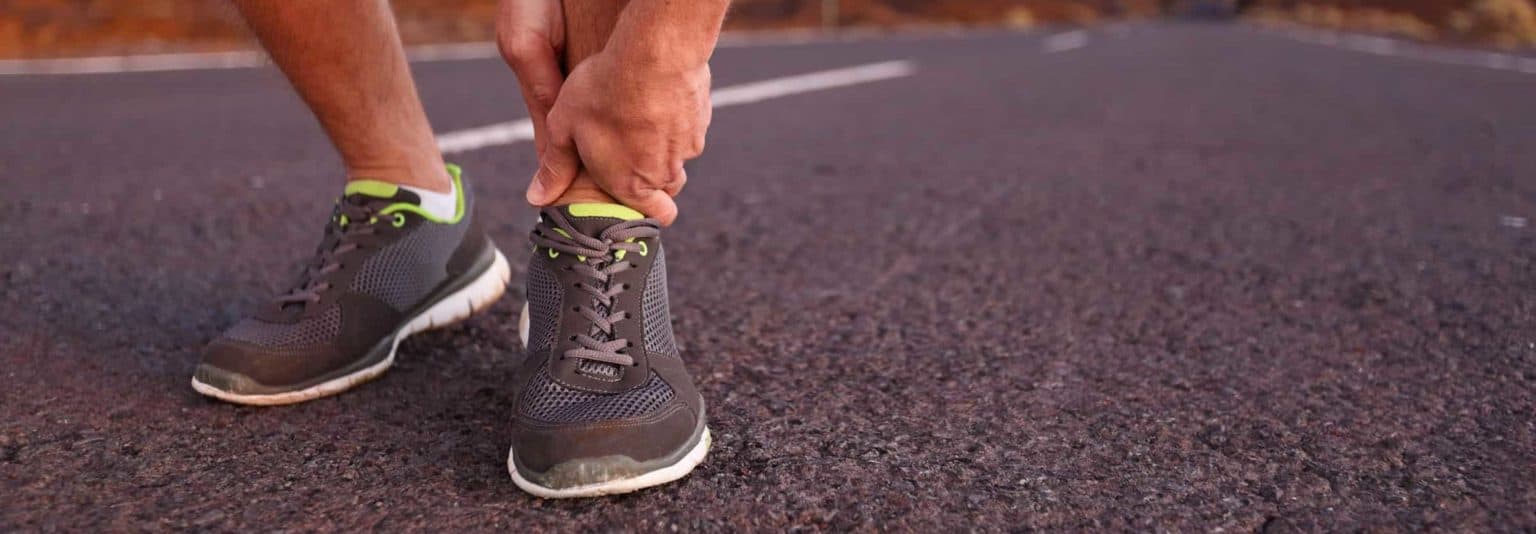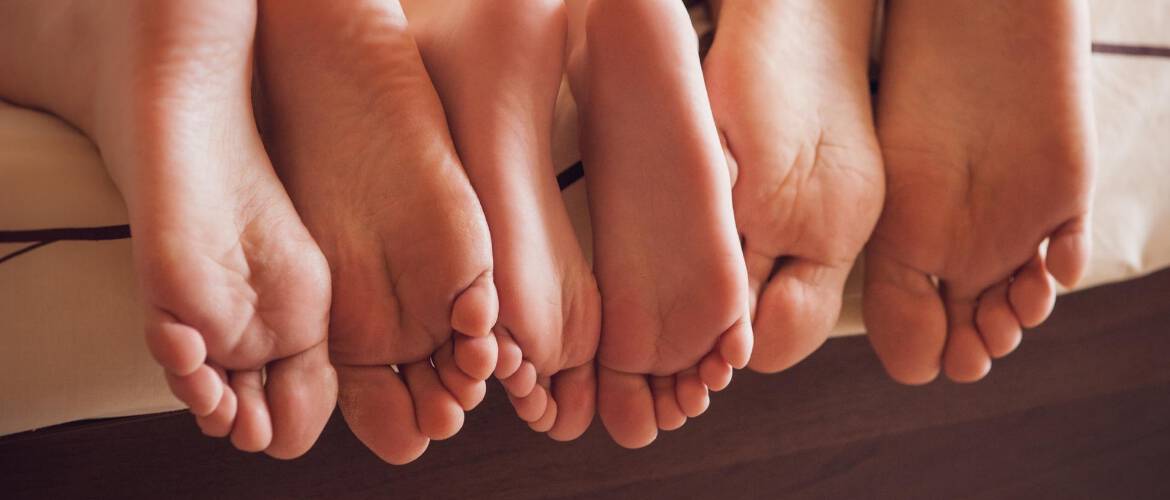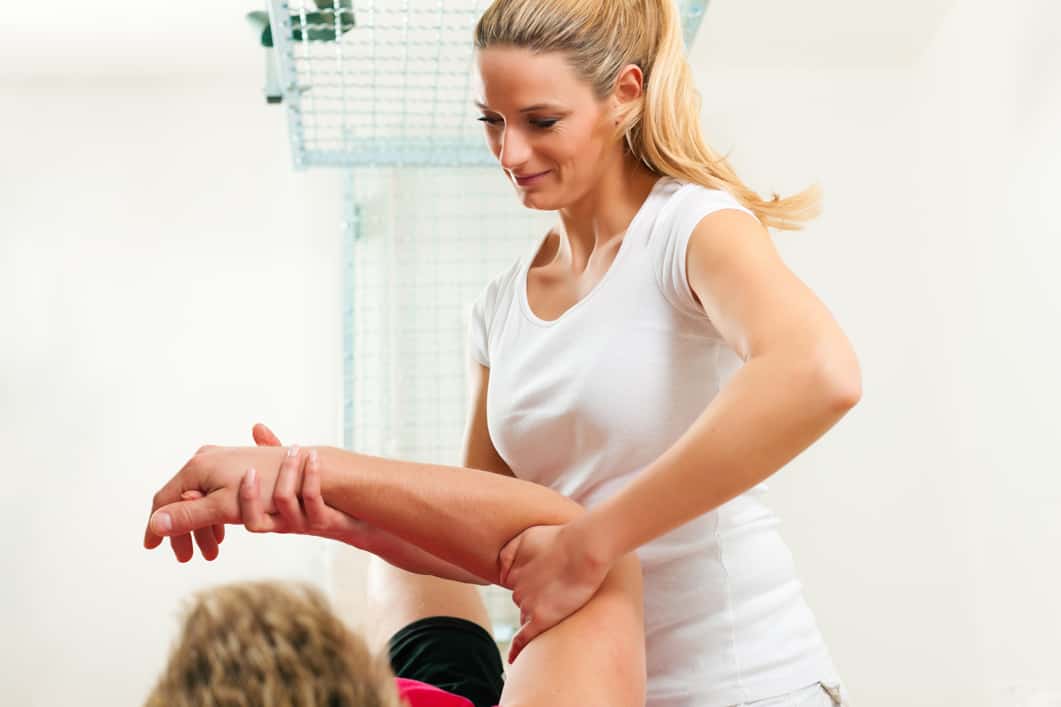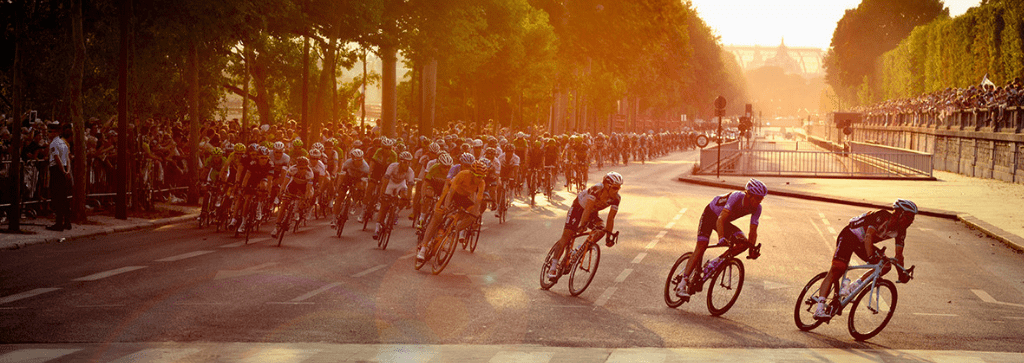Lisa Vernon has written this blog about hamstring tendon pain at the top end of the hamstring muscle aka “proximal hamstring tendinopathy”.
Question – have you noticed pain on or near your sitting bone when sitting?
Question – do you get pain near the top of your hamstring when
- walking quickly
- trail running for distance
- sprinting or
- when changing direction during sport?
These are often symptoms of a proximal hamstring tendinopathy.
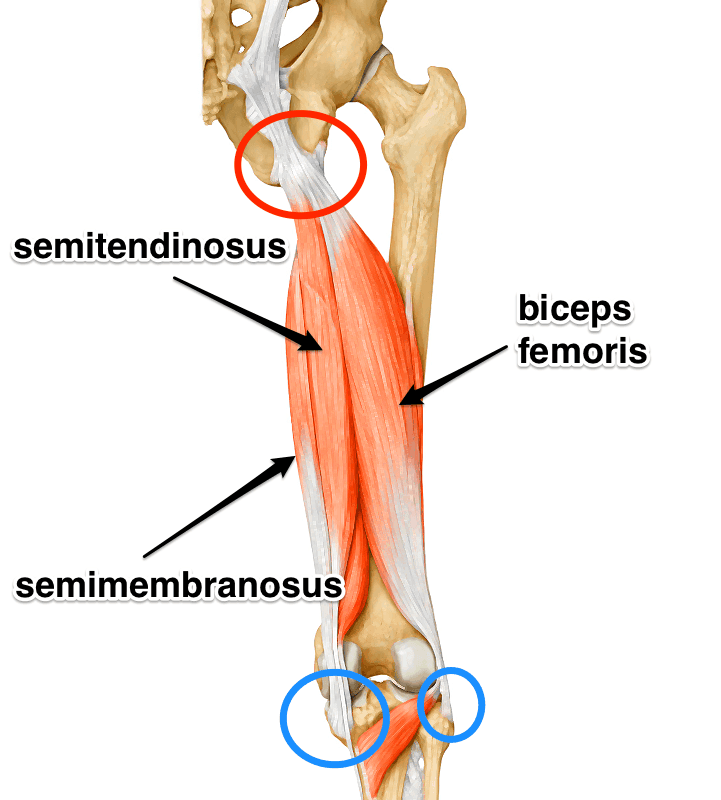
‘Proximal’ means closer to the body than the end of the arm or leg (which is more ‘distal’
This means that proximal hamstring is where the hamstring muscle attaches on to the pelvis rather than its other attachment on the knee.
The proximal hamstring tendons connect the three hamstring muscles (semimembranosus, semitendinosus and biceps femoris) to the sit bone (ischial tuberosity) which is on the pelvis (see the diagram).
How do you know if you have proximal hamstring tendinopathy?
Unlike an acute tear, the pain usually comes on gradually and may be aggravated by repetitive activities, such as running or rowing, or those that require prolonged sitting (cycling).
Pain is most regularly felt in the morning or initially when running and then “warms up” and often disappears as you continue to exercise.
Sitting on hard surfaces is another common source of pain as pressure is going directly through the ischial tuberosity.
Pain is often delayed and felt 24-48 hours after exercise.
How do you prevent proximal hamstring tendinopathy?
REMEMBER that tendinopathies often develop from a sudden change in load.
For those who play sport or are thinking of taking up a new sport or exercise, tendinopathies can result from
- commencing a sport with no gradual build up of hamstring strength prior to
- recommencing training after the off season if you haven’t continued to load your muscles in the break.
If you are interested in preventing injuries, a program to gradually develop your strength is really important.
As with all tendon injuries, rehabilitation is all about progressively loading the tendon.
While avoiding an activity can stop the pain, any time you commence the activity again, the pain will be there to greet you.
Alternatively, if you are struggling with a tendinopathy, let’s start you with some gradual tendon loading and get you back to what you love doing!
If any of this sounds like you, and you aren’t sure what to do next to get rid of it, why not give us a call and have a chat with one of our physios?
There is no obligation, just get on the blower and let’s chat – 8356 1000. Alternatively, you can email us on admin@adelaidewestphysio.com.au, or message us on Facebook Messenger by clicking here m.me/AdelaideWestPhysio.












